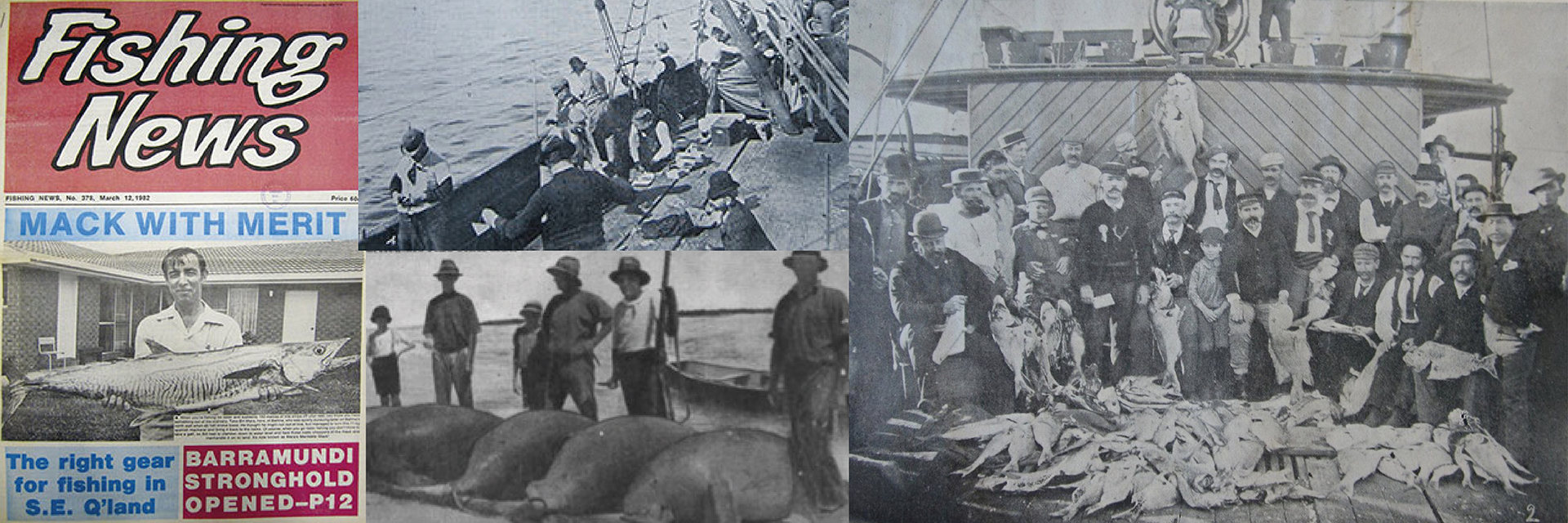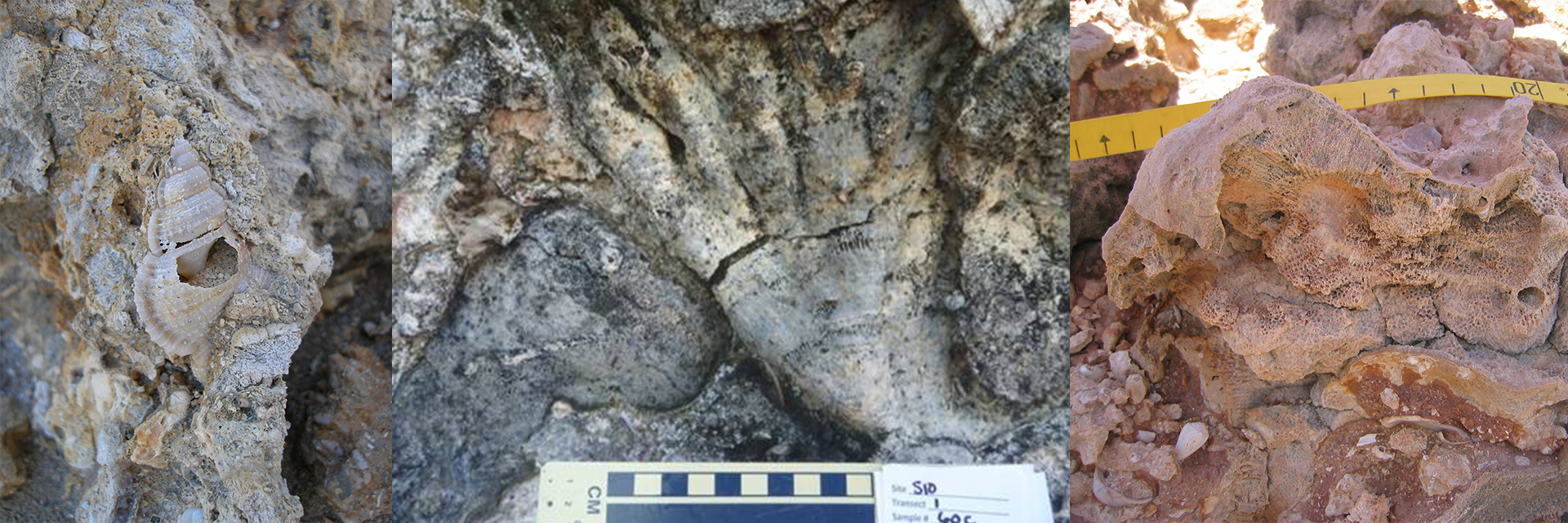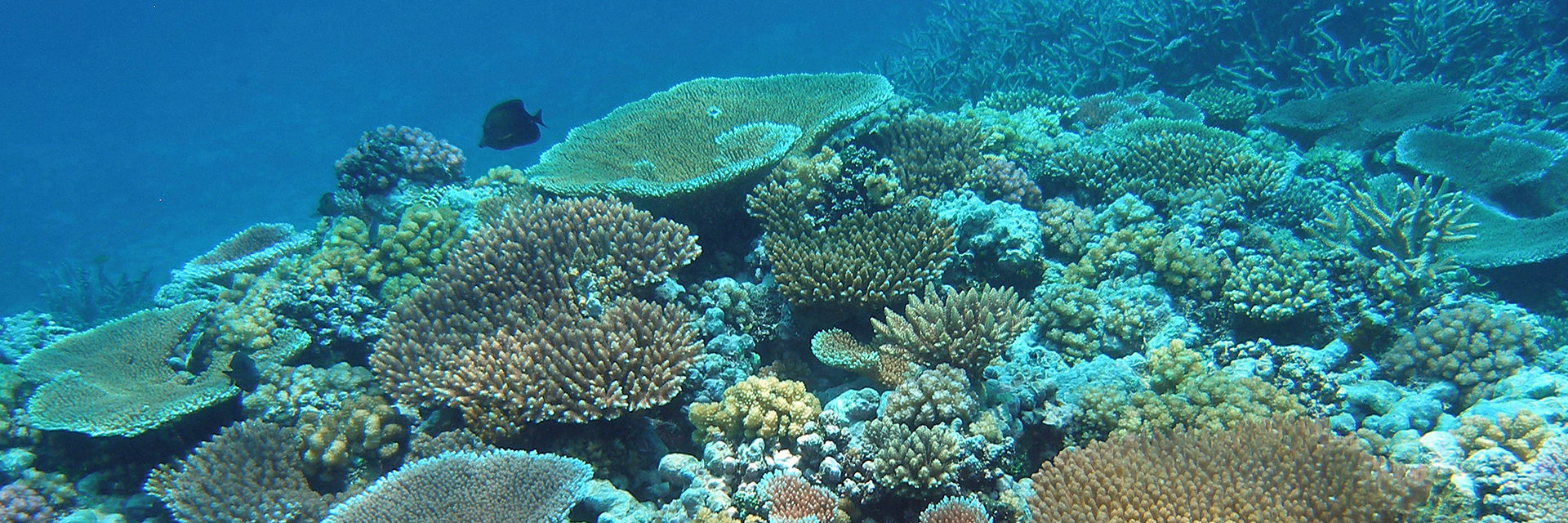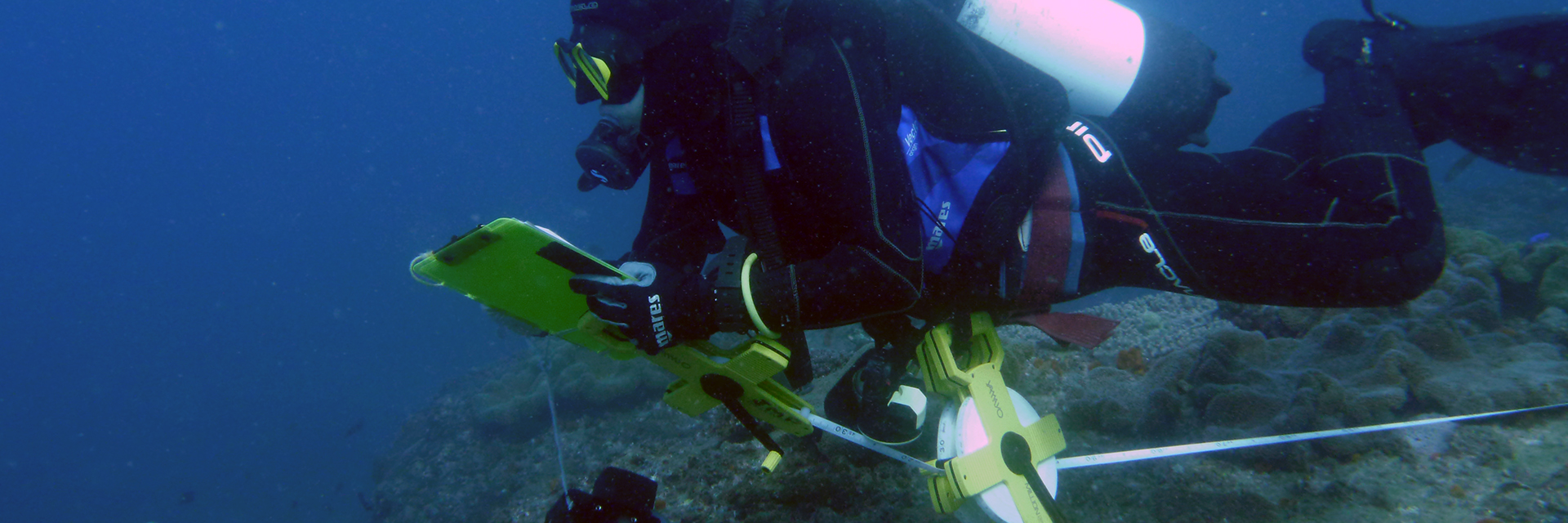A new scientific study has identified two distinct populations of white shark at the east and west of Bass Strait in Australian waters, prompting researchers to suggest the huge fish may need regional conservation plans.
Published today in the journal Marine Ecology Progress Series, the paper is authored by researchers from the ARC Centre of Excellence for Coral Reef Studies, The University of Queensland, CSIRO Wealth from Oceans Flagship and the Department of Agriculture, Fisheries and Forestry (DAFF Queensland).
“The genetic makeup of white sharks west of Bass Strait was different from those on the eastern seaboard of Australia – despite the lack of any physical barrier between these regions,” says Professor John Pandolfi, a Chief Investigator at CoeCRS and UQ.
“This shows that while the sharks can roam around Australia and across ocean basins, they repeatedly return to their home region to breed.”
The study examined tissue samples from 97 sharks collected around Australia since 1989 which were caught in beach safety programs, as fishery bycatch and during CSIRO field-research. Its findings are broadly consistent with satellite and acoustic tracking research led by CSIRO’s Barry Bruce.
“Our tagging and tracking showed that white sharks travel thousands of kilometres,” says Mr Bruce. “But sharks tagged and tracked off eastern Australia did not go west of Bass Strait, and sharks tagged off Western and South Australia rarely went east. When they did – they often returned, so we started to wonder whether there was more than one breeding population.
“Now we know that while white sharks across Australia can mix, the intriguing thing is that they seem to return to either east or western regions to breed.”
The study builds on results by other international research teams that have identified separate genetic populations of white sharks across ocean basins. However, this is the first time such differences have been found at the regional scale.
White shark numbers declined in the 20th century and the species is now protected in South Africa, the United States, Australia, New Zealand, Malta, Namibia, throughout the Mediterranean Sea and globally under the Convention on International Trade in Endangered Species (CITES).
However, a lack of information on abundance, genetic diversity, reproductive behaviour and population structure has prevented accurate assessment of the effectiveness of white shark conservation programs, including an understanding of their population trends.
“The finding may indicate that individual populations of white sharks are more susceptible than previously thought to threats including fishing or changes in the local marine environment,” Dr Jennifer Ovenden from DAFF says.
“The key will be to develop regional rather than national management strategies, and to ensure populations are monitored in both regions.”
The paper “Population genetics of Australian white sharks reveals fine-scale spatial structure, transoceanic dispersal events and low effective population sizes” by Dean C. Blower, John M. Pandolfi, Barry D. Bruce, Maria del C. Gomez-Cabrera and Jennifer R. Ovenden was published today in the journal Marine Ecology Progress Series.
More information:
Professor John Pandolfi, CoECRS at UQ, +61 (0)7 3365 3050 or 0400 982 301
Mr Barry Bruce, CSIRO, +61 (0)3 6232 5413
Dr Jennifer Ovenden, DAFF, +61 (0)7 3346 6514 or 0415 949 410
Jenny Lappin, CoECRS, +61 (0)7 4781 4222
Jan King, UQ Communications Manager, +61 (0)7 3365 1120
CoECRS are proud sponsors of the 12th International Coral Reef Symposium, Cairns: 9-13 July 2012.






